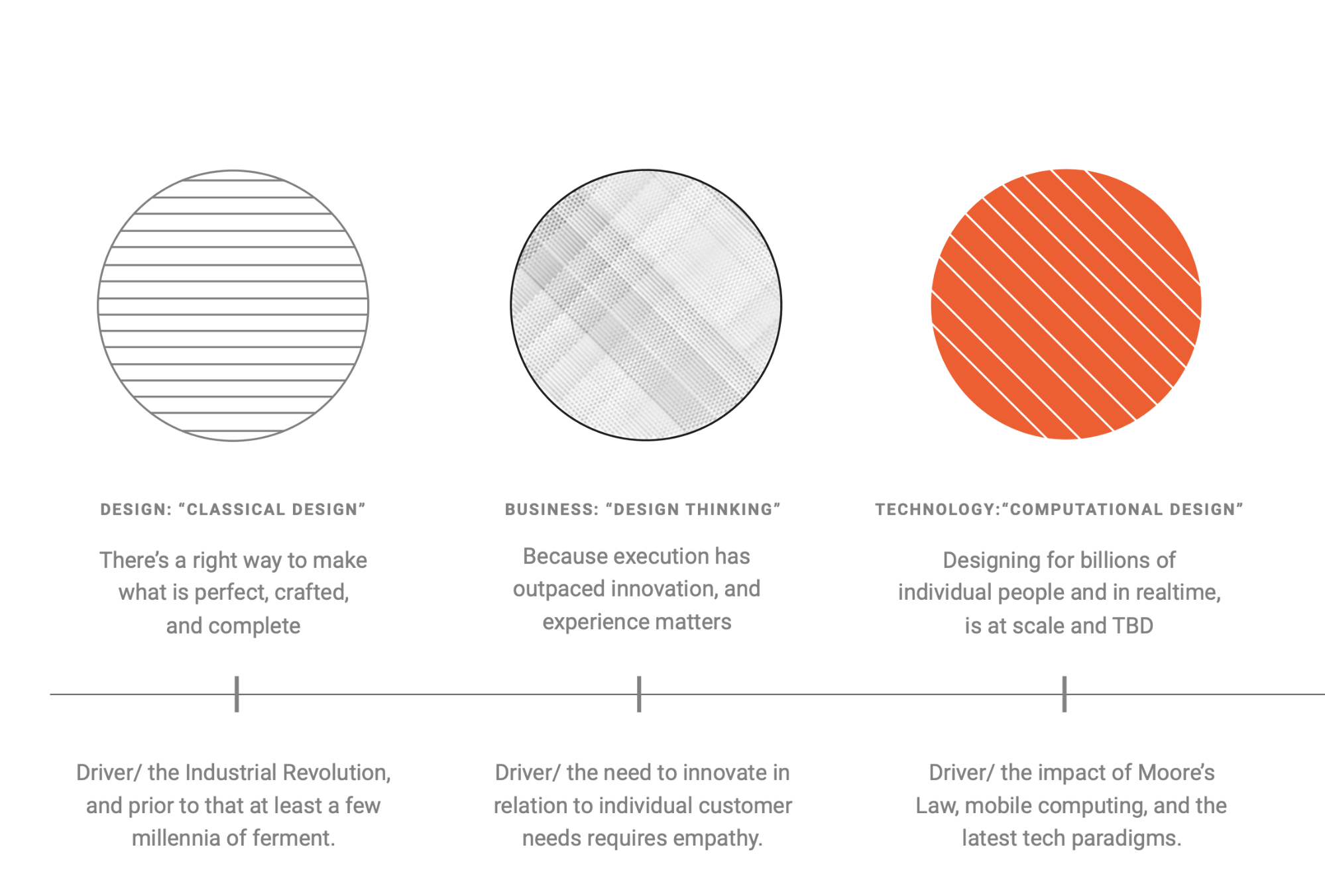Introduction
The priority in the 2018 Liferay employee survey was a career development path. This is comprised of three major elements; first, relevant and accurate job descriptions. Second, a structure that maps the variety of roles and levels within each department. And third, an evaluation framework for determining where you are, and what is required to traverse the structure.
Job Descriptions
Design is like a cat — a very enigmatic animal — designers come in all shapes, sizes, and skills. A problem we’ve had for a long time at Liferay is designers doing things that they probably shouldn’t be doing, but because designers are generally “can-do” people, we, of course, say “yes” when we should say “no, but this person can do it better than me”. We still have this. Part of why this happens is a product of Liferay’s culture of organic, unintentional growth. Part of this is geographic and departmental silos.
To begin solving these things, we looked internally to see what sorts of things designers were being asked to do — how effectively they were doing those things, and what sort of work provided the most value to Liferay.

We researched externally, looking at the market — to see what other companies were doing, how other design organizations were and weren’t structured, what positions were established and what new ones were popping up.
Looking internally, there are plenty of examples of different designers being asked to do things they are not trained in or specialize in. Of course, they have “designer” somewhere in their title, but if you hire an interior designer to do the job of an interaction designer, you will most likely be disappointed.
To help resolve some of this confusion, we’ve updated our job descriptions, titles, and team names to be simpler and clearer.
Job Titles
As Jared Spool said — “job titles hurt more than they help” — titles are important, but too many unnecessary distinctions create confusion and too many levels can cause people to focus on their status rather than their output.
To that end, we’ve designated a title for each level that is consistent across the teams. For example, we have Senior Product Designers, Senior Research Designers, and Senior Communication Designers. More on this later.
Structure
Design
While we recognize that there are differences in each team’s skills, there are also similarities in what makes a “designer” of any profession, a designer. As a department, we want to steward and attract designers that add to Liferay’s culture. To that end, we’ve identified core skills that are relevant across design professions and mapped them to Liferay’s core values.
Teams
The Design Department is comprised of three teams; Communication, Product, and Research. Each of those teams determines the skills required to be a designer on that team. These skills should be relevant to the market and also reflect the ways in which we’re adding value to the company.
The teams are loosely correlated to the three categories of design, as articulated by John Maeda (formerly of MIT and RISD, currently at Automattic), Classical Design, Design Thinking, and Computational Design.

Teams
Communication Design | Classical Design
This team is comprised of graphic designers and primarily works with worldwide Marketing and Sales to create assets for customer-facing efforts.
See Communication Design Skills
Design Research | Design Thinking
This is the newest arm of the Design Department, and is tasked with helping us improve the way we’re doing things so we can understand and better serve our customers.
Product Design | Computational Design
The Product Design team works with product management and engineering, and is concerned with the optimization of business value and user experience.
Resources
- Design In Tech
- Make Job Titles Less Painful
- Org Design for Design Orgs
- Medium Engineering Growth Framework